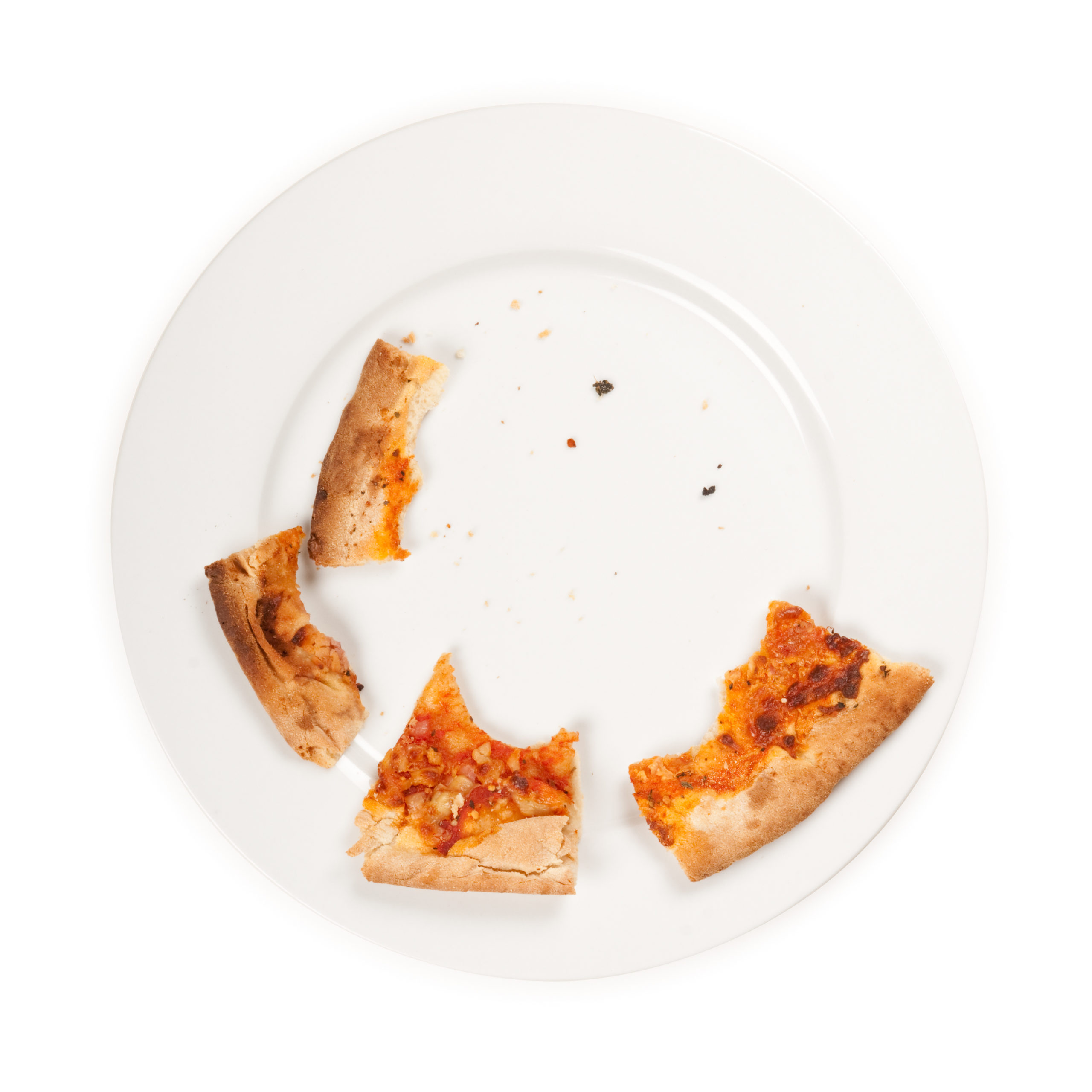4 Steps to Crafting Your Brand Personality
Today, we're talking all about pizza.
You may be asking: what does crafting my business' brand identity have to do with pizza? Good question. So let's get into it. How to craft your brand identity - pizza edition!
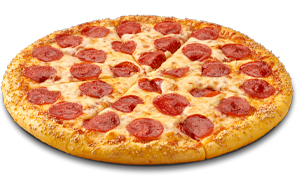
Step 1: Understand Your Goals
Defining goals is a great way to capture what your business wants to achieve. Goals identify where the company would like to go. They serve as great guide rails when making decisions across every aspect of your organization. And they help keep you and your employees focused on the bigger picture.
Helpful questions to ask yourself when trying to define your goals are:
- What's my business's vision?
- Where do I want my business to be in 5, 10, even 50 years?
- What would be make my business successful in terms of customers, sales, profits, etc.?
- What are some changes I'd like to see in my business?
- What can my business improve on?
And don't forget the good ol' SMART acronym when determining your goals. Keep them specific, measurable, achievable, realistic and time-related.
Step 2: Get to Know Yourself
Who are you? It might sound a little new agey, but it's an important question to nail down for your business. Clearly establishing what your brand personality is will make it easier to talk about your business. It will also help potential customers determine if your business is where they want to spend their hard-earned dollars.
Businesses can have any number of personalities. They can be rugged like Jeep, inspirational like Nike, or fun like Nickelodeon. The options are as unlimited as the different kinds of pizza.
See? Told you pizza and branding were related.
In fact, to help you think about your own brand, let's walk through the personality traits of different kinds of pizza.
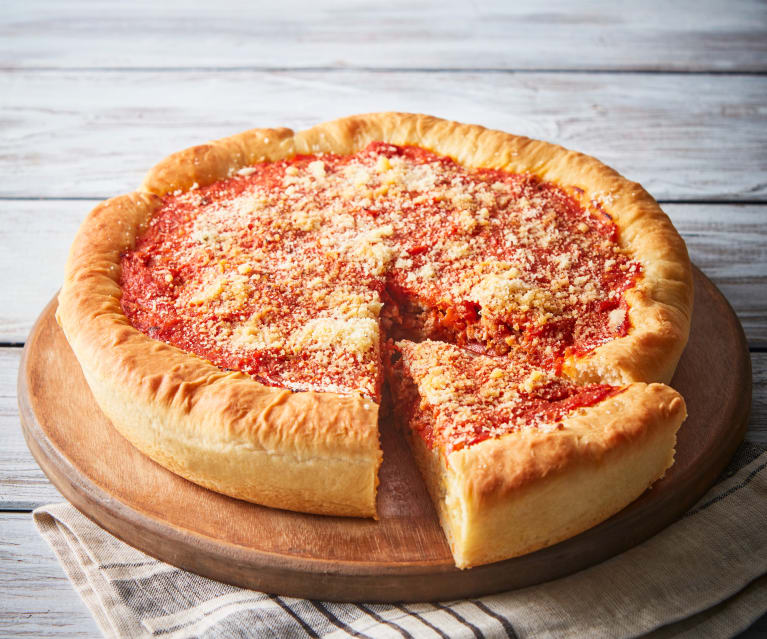
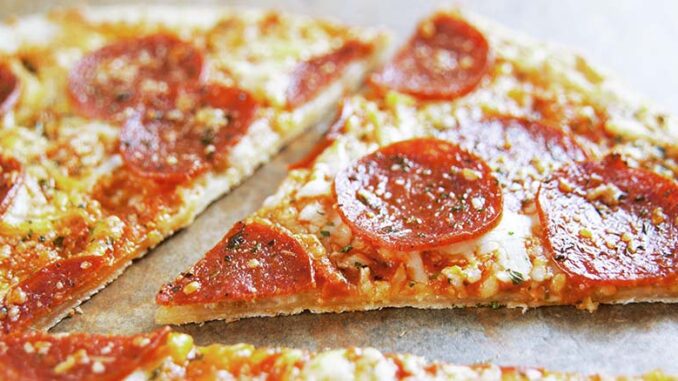
Chicago Deep-Dish
When thinking about a Chicago-style deep-dish pizza, you likely think of a dine-in restaurant where you'd gather with your friends and/or family. Other traits would be things like:
- Personality: bold, communal
- Ingredients: heavy, filling
- Time: long bake time
- Price: $$$
Frozen
On the flip side, frozen pizza is often enjoyed at home and may be chosen more for its convenience factor than outstanding taste. A frozen pizza's traits include:
- Personality: rushed, late night
- Ingredients: processed
- Time: on-demand
- Price: $
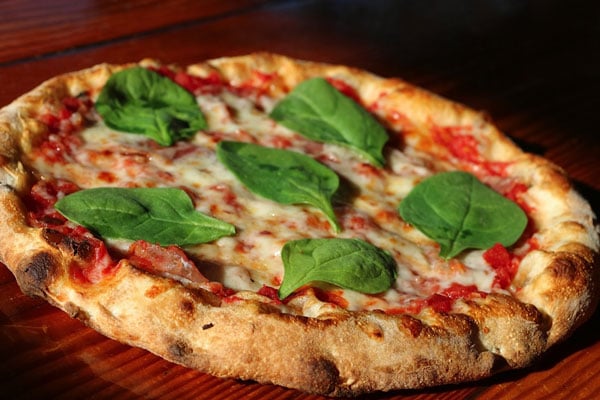
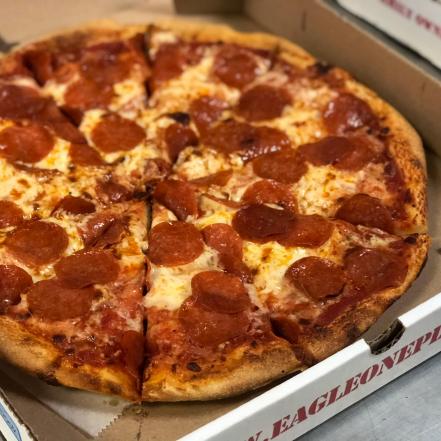
Wood-Fired
You might chose to indulge in a wood-fried pizza while you're out at a nice restaurant or a trendy brewery. While it's still mainly made of dough, sauce and cheese, the technique and skill used to make it gives it an entirely different vibe.
- Personality: artisanal, earthy, traditional
- Ingredients: fresh, local, unique, lighter
- Time: fast bake time but limited room
- Price: $$$$
Delivery
Delivery pizza is a whole other category within itself. You might place a delivery as a way to cap off a long week while you curl up on the couch with a movie or to have on-hand when your buddies come over to watch the big game.
- Personality: greasy, fun, reliable
- Ingredients: processed, low quality
- Time: fast (depending on time of day)
- Price: $$
If you're like most people, you've had all of these kinds of pizza — for different reasons and at different points in your life. All pizza types (and business types, if you're following our metaphor) are great. It's ok to be a frozen pizza and it's ok to be high-end wood-fired one too. Customers have different reasons for wanting and purchasing each. So be honest about what kind of pizza your business is. The best brands come from leaders who understand exactly who they are, what they do, and where they’re going.
Step 3: Assemble Your Visual Ingredients
All right, you've nailed down who you are and where you want to go. Now it’s time to create the visual elements to tell your business's story. Those elements will be your logo, font, color palette, and imagery.

We could talk for days on each element (in fact we do get into them more in-depth here), but we'll boil it down to this. Your logo, fonts, color palette, tone of voice and imagery are all powerful tools to showcase your brand. Each one gives you the opportunity to showcase your brand personality to your customers as well as showcase how your business is different from the competition.
While each element has its own strengths, they should all weave together to create one clean, holistic brand.
Step 4: Create Your Brand Guidelines
Sometimes called a 'style guide', 'brand guide' or 'brand book,' your brand guidelines are a clean, concise way to capture — in one spot — how your brand should be used. It includes instructions to follow when implementing the brand so it remains consistent and doesn’t get watered down.
Think of this as your recipe card. No matter who gets handed that card, your pizza (brand) will look, taste and feel the same every time. It ensures that whether you, your employees, or a vendor is handling your brand, your customers will get the same interpretation of who your business is every time.

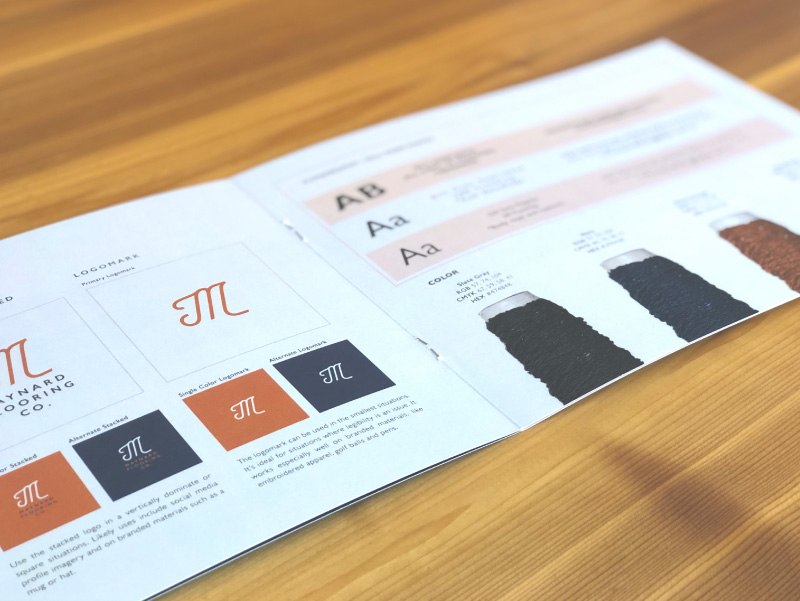
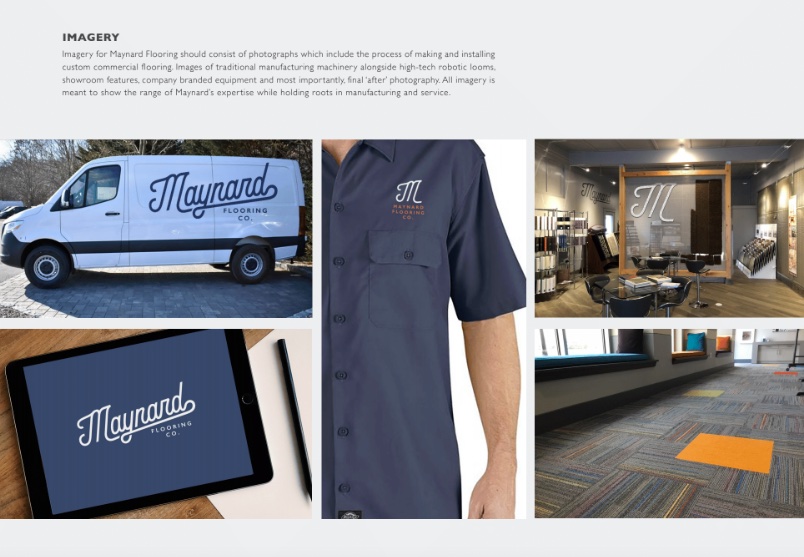
There you have it. We hope these steps helped you determine your business's brand personality and didn't make you too hungry in the process.
If you have any questions or would like to chat about how to turn your brand personality into some awesome branding, let us know!
